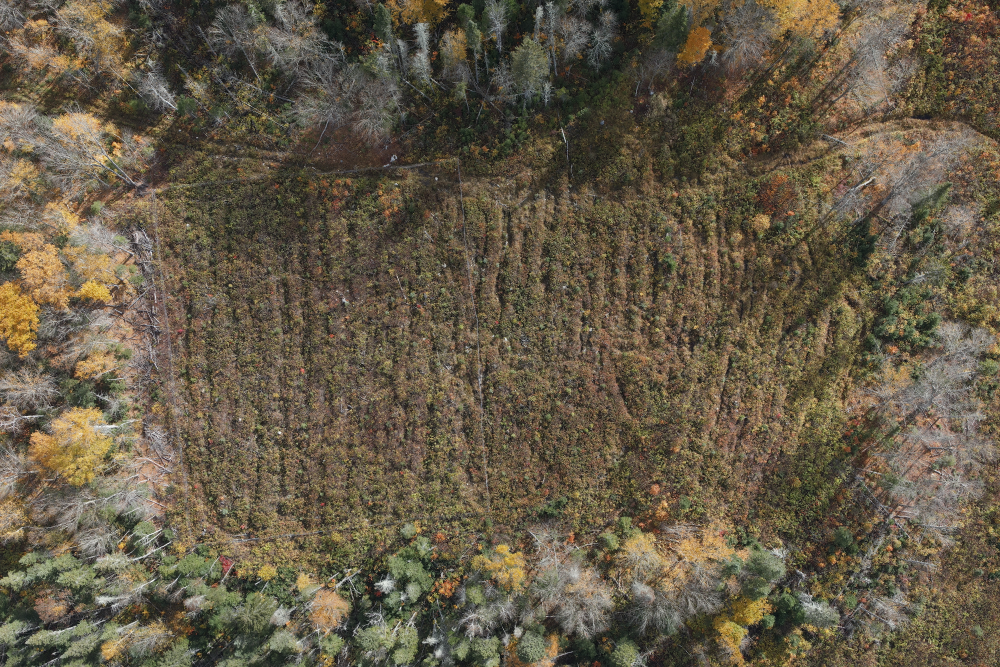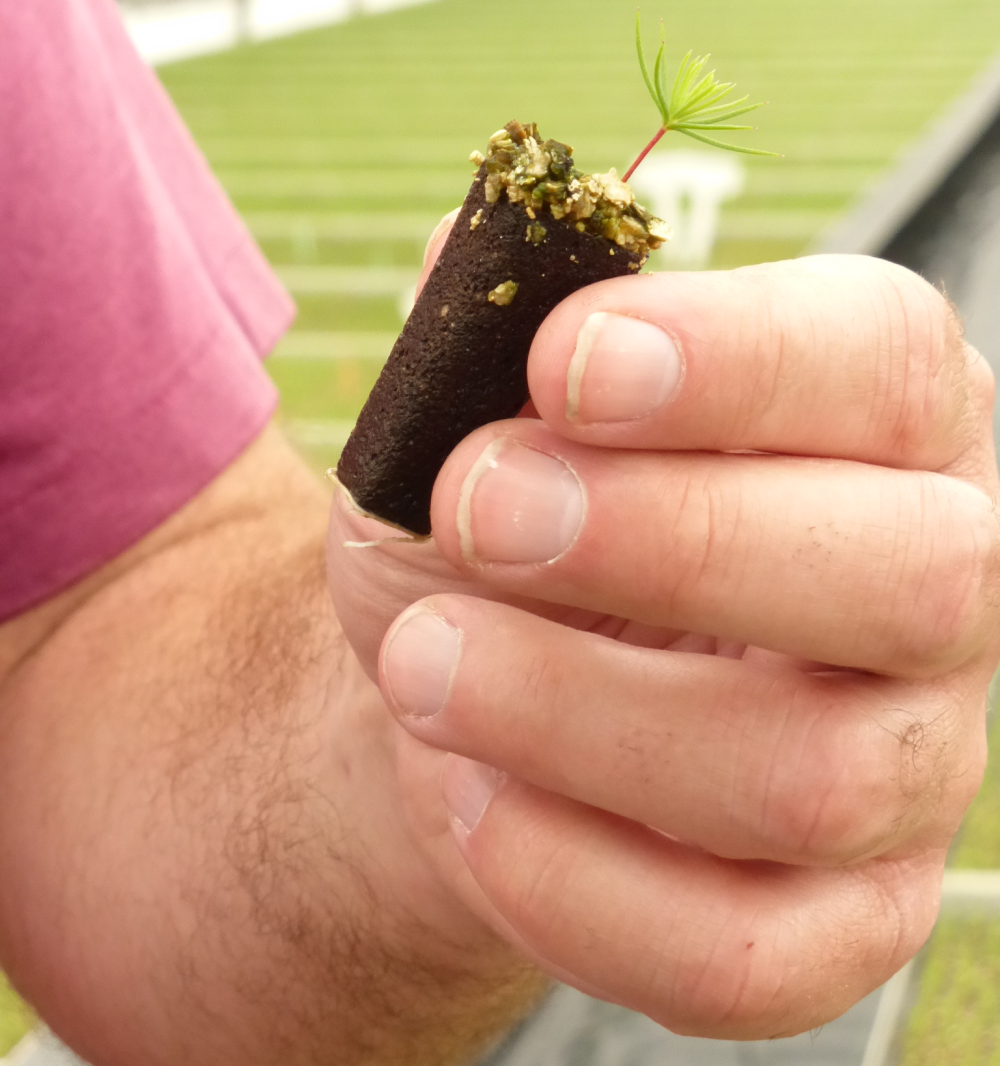Throughout the ups and downs of Earth’s climatic history, forests have moved in response to changing environmental conditions. As glaciers retreated after the last Ice Age, trees swooped in to fulfill the freed-up real estate, but climate change in the modern era is happening too rapidly for their shifts to keep up.
Enter, the DREAM team.
What is assisted migration?
The Desired REgeneration through Assisted Migration (DREAM) project aims to safeguard forests by speeding up the process of their distribution responding to the environment through assisted migration. Temperature is just one of several factors that can influence a forest to get a wiggle on, with other drivers including pest outbreaks and windstorms. Now, science can help them do it a bit faster.
“The main threat posed by climate change is that tree species and populations within species have adapted, over centuries, to the climatic conditions present where they exist – their niche,” the DREAM team told IFLScience.
“As the pace of climate change accelerates and outpaces historical averages, these climatic niches tend to move poleward (further north in the Northern hemisphere) and upward in slope in mountainous areas,” the team explained. “As this occurs, tree populations become increasingly stranded in unfavorable climatic conditions, and their pace of natural migration, through seed dispersal, is largely unable to track the shifting climatic niches.”

A drone shot of one of the experimental plantation units in Quebec.
Images courtesy of the DREAM team.
Part of the problem is that migration of tree species tends to come down to orders of tens to hundreds of meters per year, the team explained, whereas the climatic shifts are occurring in hundreds to thousands per year. In short, the rate of change is outpacing forests’ capacity to respond – but science can help them get ahead.
“Our own work suggests that the pace of these changes will create novel future climate conditions by late this century for 28 percent of the eastern US if carbon emissions are moderately reduced from current levels and 46 percent of the area if carbon emissions continue unmitigated,” continued the DREAM team. “By deliberately moving tree species or populations beyond where they might reasonably disperse in a climatically informed manner, assisted migration provides a tool to help adapt forests to ongoing and anticipated changes.”
The complications
Working out how to outpace climatic change isn’t easy, however, as moving away from one problem can put a forest in the path of another. Through examining how different species respond to their geographic shifts, the team also hopes to identify which species and populations could perform well as the climate continues to change, as well as develop the “silviculture scenarios” that will help managers plant the forests of tomorrow, today.

A conifer germinant enrolled in the DREAM team’s research.
Image credit: Patricia Raymond, via the DREAM project
“DREAM is not simply a test of assisted migration,” said the team. “Rather, it examines assisted migration success or failure under multiple forest management scenarios including variation in overstory openness, light availability, browsing pressure, and neighboring plant competitors. This information will be critical, for example, as individuals from a particular species or population might possess the physiological ability to succeed under a given climate, but only if managers ensure they are protected from deer browsing or keep faster-growing competitors controlled.”
With an international network of sites already on the move, the DREAM team already have years of data to work from and several future planting sites already in the pipeline. Alongside their planting, they aim to conduct experiments to determine how flexible certain species are to extreme heat and drought, indicating how forests and tree species may respond to extreme conditions.
The future of Earth’s forests remains uncertain in a rapidly changing world, but through their insights, the DREAM team hopes to keep our management one step ahead.
Source Link: Moving Forests Are Fleeing Climate Change With The Help Of The DREAM Team